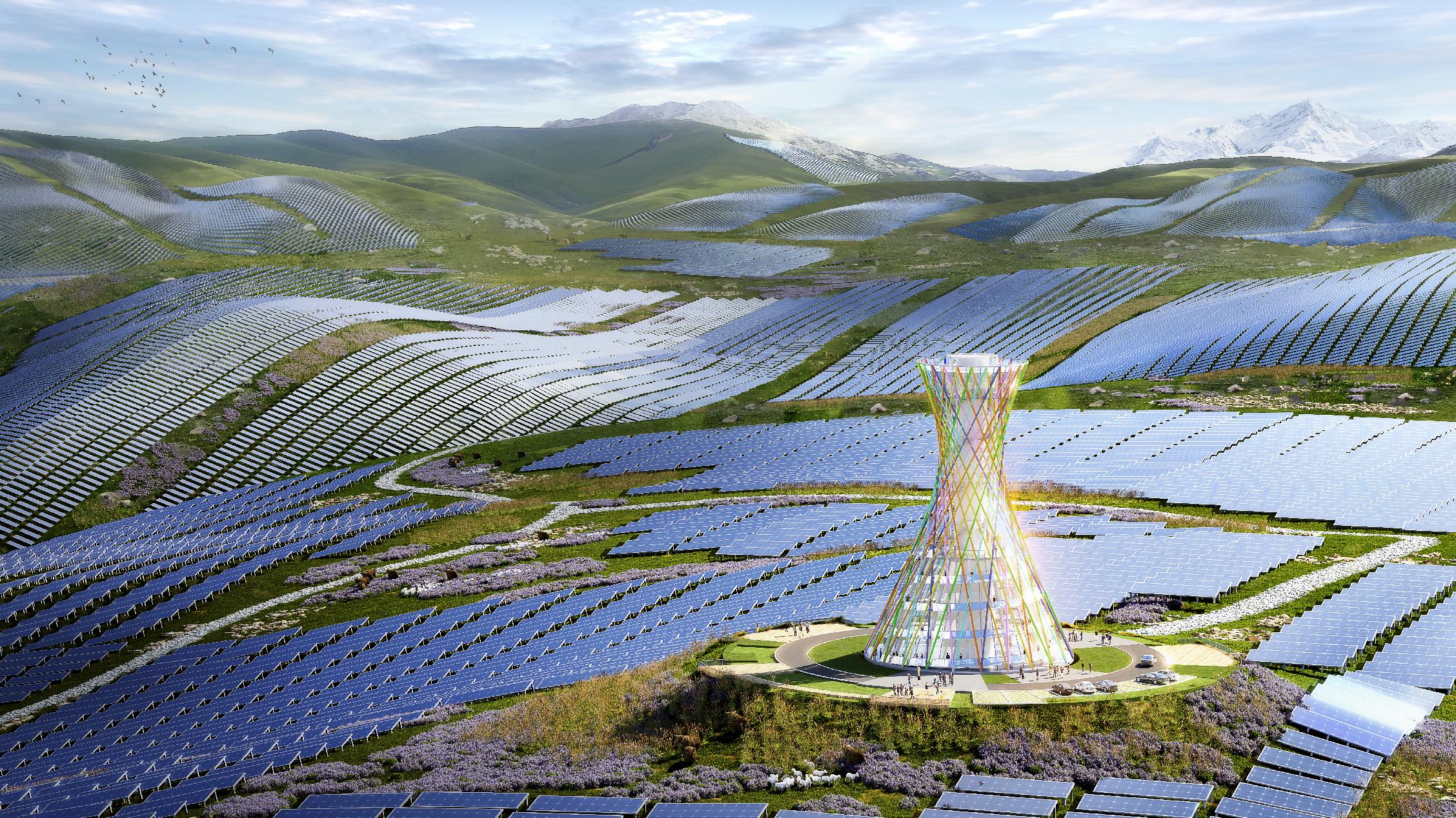
1월 . 10, 2024 16:16 다시 목록으로
마이크로그리드의 장점
The traditional electricity grid is in need of a major upgrade. Designed decades ago, it was primarily built to transport electricity from large power plants that burned coal and natural gas. However, with the rapid growth of renewable energy sources, such as wind and solar farms, as well as individual homes and businesses generating their own power, the grid needs to adapt. In order to take full advantage of the progress made in carbon-free energy and to pave the way for a future dominated by clean energy, the grid must undergo a significant overhaul. This means not only connecting to more carbon-free energy sources but also making the grid more reliable and resilient, especially in times of disruptions or disasters when power supply to essential sites like hospitals and military facilities is crucial.
Fortunately, technology is rapidly driving the transition to smart grids, which have the potential to meet all three challenges. However, they also introduce new challenges to grid security, reliability, and load management. This is where Intel®-based platform solutions that utilize Internet of Things (IoT) technologies like artificial intelligence (AI), machine learning, and Big Data come into play. These technologies provide the necessary tools such as analytics and automatic control to manage the increasing number of new energy assets in the grid.
그리드의 특별한 발전 중 하나는 대규모 기존 그리드와 저전압 마이크로그리드의 통합입니다. 소규모 지역 에너지 시스템인 마이크로그리드는 기존 유틸리티 그리드와 연결을 끊고 독립적으로 운영할 수 있는 능력을 갖추고 있습니다. 이는 광범위한 정전을 야기하는 그리드 수리 또는 긴급 상황 중에 마이크로그리드가 정교한 백업 전력 시스템 역할을 할 수 있음을 의미합니다. 유지 관리나 수리를 위한 대규모 인프라가 없기 때문에 마이크로그리드는 폭풍이나 자연 재해를 견딜 수 있는 능력도 더 뛰어납니다.
Microgrids also have the capability to integrate various distributed energy resources (DER) into the grid, including clean energy sources. As wind and solar power output varies with weather and time of day, it is useful to have the ability to draw power from these sources when they are available, while also having other options when they are not. This allows microgrids to balance the need for reliable energy with the goal of reducing carbon emissions.

Current microgrid technology is relatively simple, consisting of a few key elements. Similar to traditional grids, energy generation is at the heart of a microgrid system. This can range from diesel generators and batteries, the most common sources currently, to renewable resources such as solar panels, wind farms, fuel cells, or other sources of clean energy. The point of common coupling (PCC) is where a microgrid connects to the main grid. In connected mode, the two systems operate in parallel, with the PCC maintaining equal voltage levels in both. The PCC also allows the microgrid to import and export electricity from the main grid in response to price signals, utilizing energy storage mechanisms such as batteries. In the event of a problem with the main grid, a switch can disconnect the microgrid, allowing it to operate in island mode and provide enough power to serve critical customer loads, even if the main grid is offline. AI software with machine learning capabilities continuously optimizes this process.
The use of IoT products in the grid can make it smarter, safer, more secure, and more reliable, all while reducing costs for customers. With Intel® architecture-based platforms, utilities can identify performance issues to keep voltage and current at steady levels. Smart meters and sensors embedded in power lines can help prevent power outages, while monitoring and predictive maintenance solutions for transformers and pumps reduce risk and cost.
Microgrid projects have a wide range of applications depending on the situation and scale. A campus microgrid, for example, serves a single user such as a university, hospital, prison, or industrial facility. Community and district microgrids serve multiple customers and are fully integrated into the local energy grid. On the other end of the scale, a nanogrid can supply a single building with energy storage systerm. "Off-grid" energy systems are entirely disconnected from local utility networks and are useful in remote sites, islands, or places where it is technically or economically unfeasible to establish a point of common coupling.
다양한 동인을 해결함으로써 마이크로그리드 프로젝트는 수많은 이점을 제공합니다. 유틸리티의 경우 마이크로그리드는 그리드를 최적화하고 보조 서비스를 제공하는 데 도움이 됩니다. 또한 군사 시설에 중단 없이 전력을 공급합니다. 더욱이 마이크로그리드는 개발도상국과 고립된 지역사회에 값비싸고 오염을 유발하는 연료에 대한 대안을 제공합니다.
In conclusion, the traditional electricity grid must undergo a significant upgrade to accommodate the increasing amount of renewable energy sources and to ensure reliable and resilient power supply, especially during disruptions or disasters. Smart grids, driven by technology and IoT solutions, provide the necessary tools to tackle these challenges. The integration of conventional grids with low-voltage microgrids allows for flexibility, efficiency, and the integration of distributed energy resources. With the help of AI, machine learning, and analytics, microgrids can balance the need for reliable energy while reducing carbon emissions. By utilizing Intel®-based platform solutions, the grid becomes smarter, safer, and more reliable, benefiting customers while lowering costs. Microgrid projects offer a range of applications and benefits, from supplying individual buildings to serving entire communities and providing a clean energy alternative for developing countries and isolated communities.
관련 상품:
자체 냉각-PW-164 실외 분산 에너지 저장 캐비닛-전원 유형
침해시 삭제됩니다
참조 웹사이트:https://www.intel.com
-
Wireless DC Charging: The Next Frontier in Contactless EV Power Delivery
소식Aug.04,2025
-
Hybrid BMS Energy Controls: Integrating Renewable Energy Sources
소식Aug.04,2025
-
Blockchain for Secure and Decentralized EMS Power Systems
소식Aug.04,2025
-
AI-Driven for Smart Grids: Energy Management System (EMS)
소식Aug.04,2025
-
Advanced Distribution Management System (ADMS) Energy
소식Aug.04,2025
-
5G-Enhanced BMS Energy Savings: Ultra-Low Latency Control
소식Aug.04,2025























